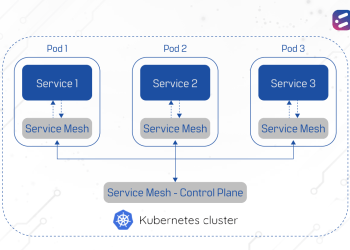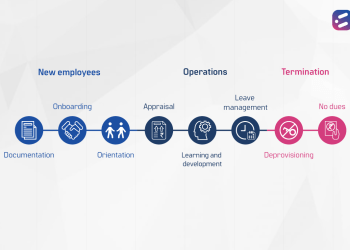In the new normal, CIOs need to ensure that business-critical enterprise applications are optimized for performance. After all, operations are more dispersed than ever. In such an environment, system visibility, control, agility and responsiveness are essential while considering time, cost and other constraints.
In many cases, modern app architecture’s ability to rapidly scale in a cost-effective manner is the biggest driving force to embark on an app modernization project.
A recent McKinsey study of enterprises found that legacy systems account for 74% of their IT spend while continuing to be a drag on innovation. That’s why Google recently prepared a guide on how to modernize legacy monolithic applications and harness the power of the cloud.
1. Creating a roadmap
As a CIO, you may have a large number of apps that need modernization, and for practical reasons you may not be able to transform all of them at the same time.
Study your existing app portfolio to understand:
- What is the usage of each existing app?
- Who owns each existing app?
- How important to the enterprise is each app?
- What limitations are you currently facing on each app?
Based on your answers, you will have a better understanding of which of your apps to prioritize, and how. Make a list on which limitations need to be addressed and resolved, in order to improve ROI.
2. Applying Business Services Orientation
When you’re splitting up a monolithic legacy application into a cloud-native app built on microservices-based architecture, you need to understand on what basis you can split up the services.
Each of your business capabilities is fulfilled by various business services. By applying business service orientation, you can get a clear roadmap on how to go about application modernization.
Your business capabilities include everything from external-facing customer features to internal tools like security and data analysis. For example, Order Management is a business capability. It’s fulfilled by business services such as Order Creation and Order Updates. These services can be separated out into different microservices, during re-architecture.
3. Implementing cloud-native architecture
The Functional Decomposition method of refactoring and rearchitecting the system can be used to break apart a monolith by extracting parts of the monolith based on business need.
To improve performance, you can decouple dependencies on any service that frequently scales up. If there are dependencies on such services, the unrelated services also need to scale up – an unnecessary load on the system. In terms of both failure protection and performance management, it’s important to manage dependencies properly. Break them out based on what makes sense from a business point of view.
You can read more about how to get started on your cloud-native re-architecture here.
4. Transforming development style
Project-oriented teams tend to work in silos and do not necessarily understand the greater business context. Instead, consider creating business- or platform-capability development product delivery teams.
Modern cloud-native architecture allows you to develop, roll out and test any new capabilities, any time. Therefore, it makes sense to work on low risk capabilities first. You will find errors and bugs initially, which will be rectified through an iterative process. This will in turn give you real-time insight into how your application is able to give you business value.
5. Rolling out the modernized application
By creating a software delivery environment that’s fast to market, stable and reliable, it’s possible to develop and roll-out modernized applications more efficiently. Migrations can be prioritized based on risk, usage, and urgency of need.
As your app is being modernized, you will have the ability to create and maintain a concrete list of tasks with clear success criteria and demonstrable impact. That way, you can measure results at every stage of rollout.
Modernization of monolithic applications is arguably the most important way to increase IT and enterprise efficiency. Redevelop your apps and take them cloud-native with microservices-based architecture, fewer dependencies and continuous delivery. Contact us today for more information and how to get started.













